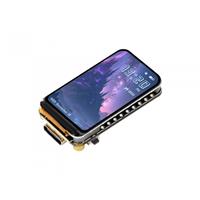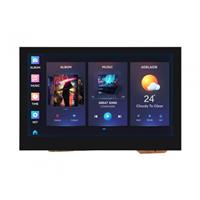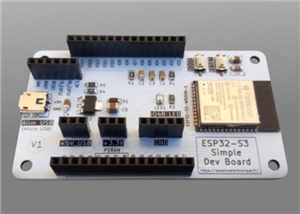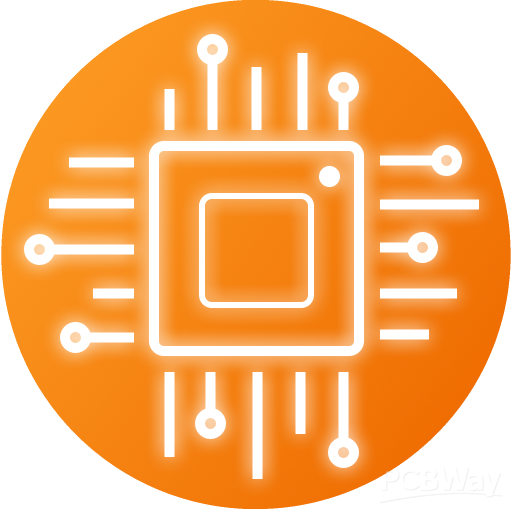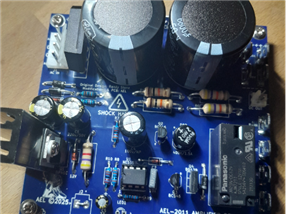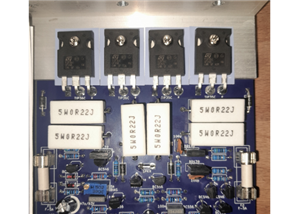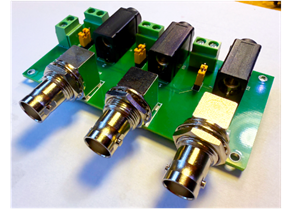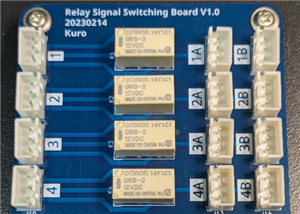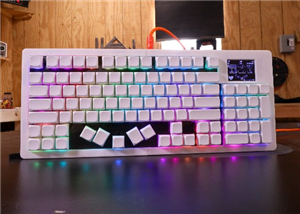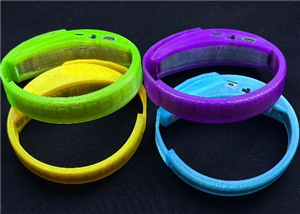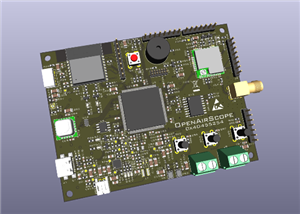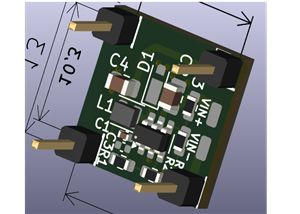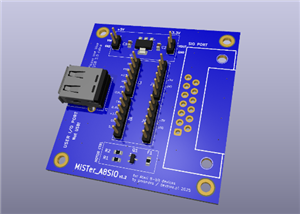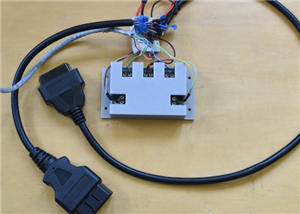IOT BASED FLOOD MONITORING SYSTEM USING ESP 32 AND ULTRASONIC SENSOR
Background
Floods pose a significant threat to communities, infrastructure, and the environment. Timely and accurate flood monitoring is crucial for early warning and effective disaster management. In this context, Internet of Things (IoT) technologies offer a promising solution. This project introduces an IoT-based flood monitoring system using ESP32 and Ultrasonic Sensor to provide real-time data for flood detection and management.
FOR FULL PROJECT:
Objectives
The primary objectives of this project are:
Develop a cost-effective and efficient flood monitoring system.
Utilize IoT technologies to enable remote monitoring and data collection.
Implement real-time data transmission to a central server or cloud platform.
Integrate ultrasonic sensors for accurate water level measurements.
Background
Floods pose a significant threat to communities, infrastructure, and the environment. Timely and accurate flood monitoring is crucial for early warning and effective disaster management. In this context, Internet of Things (IoT) technologies offer a promising solution. This project introduces an IoT-based flood monitoring system using ESP32 and Ultrasonic Sensor to provide real-time data for flood detection and management.
Objectives
The primary objectives of this project are:
Develop a cost-effective and efficient flood monitoring system.
Utilize IoT technologies to enable remote monitoring and data collection.
Implement real-time data transmission to a central server or cloud platform.
Integrate ultrasonic sensors for accurate water level measurements.
Components Required
Creating an IoT-based flood monitoring system using an ESP32 and ultrasonic sensor involves combining hardware and software components. Below is a basic outline of the steps you can follow to build such a system:
Hardware Components:
ESP32 Board:
Choose a suitable ESP32 development board. Common options include NodeMCU ESP-32 or ESP-WROOM-32.
Ultrasonic Sensor:
Use an ultrasonic sensor like the HC-SR04. This sensor measures distance by emitting ultrasonic waves and calculating the time it takes for the waves to bounce back.
Power Supply:
Provide power to the ESP32 board. This can be done using a USB cable or a battery depending on your deployment scenario.
Connecting Wires:
Use jumper wires to connect the ESP32 pins to the ultrasonic sensor according to the datasheets.Creating an IoT-based flood monitoring system using an ESP32 and ultrasonic sensor involves combining hardware and software components. Below is a basic outline of the steps you can follow to build such a system:
Hardware Components:
ESP32 Board:
Choose a suitable ESP32 development board. Common options include NodeMCU ESP-32 or ESP-WROOM-32.
Ultrasonic Sensor:
Use an ultrasonic sensor like the HC-SR04. This sensor measures distance by emitting ultrasonic waves and calculating the time it takes for the waves to bounce back.
Power Supply:
Provide power to the ESP32 board. This can be done using a USB cable or a battery depending on your deployment scenario.
Connecting Wires:
Use jumper wires to connect the ESP32 pins to the ultrasonic sensor according to the datasheets.
FOR FULL PROJECT:
https://electronicsworkshops.com/2024/01/28/iot-based-flood-monitoring-system-using-esp-32-and-ultrasonic-sensor/
IOT BASED FLOOD MONITORING SYSTEM USING ESP 32 AND ULTRASONIC SENSOR
*PCBWay community is a sharing platform. We are not responsible for any design issues and parameter issues (board thickness, surface finish, etc.) you choose.
- Comments(0)
- Likes(0)
- 0 USER VOTES
- YOUR VOTE 0.00 0.00
- 1
- 2
- 3
- 4
- 5
- 6
- 7
- 8
- 9
- 10
- 1
- 2
- 3
- 4
- 5
- 6
- 7
- 8
- 9
- 10
- 1
- 2
- 3
- 4
- 5
- 6
- 7
- 8
- 9
- 10
- 1
- 2
- 3
- 4
- 5
- 6
- 7
- 8
- 9
- 10
 More by Rabin Poudel
More by Rabin Poudel
-
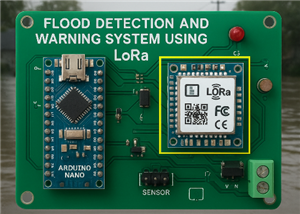 Flood Detection and warning system using LORA and Arduino
IntroductionFloods are one of the most devastating natural disasters, causing immense damage to life...
Flood Detection and warning system using LORA and Arduino
IntroductionFloods are one of the most devastating natural disasters, causing immense damage to life...
-
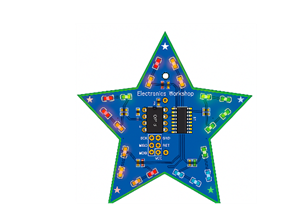 DIY LED Decoration Tiny Star PCB Project
IntroductionThe Tiny Star PCB is a small and fun DIY electronics project that is perfect for hobbyis...
DIY LED Decoration Tiny Star PCB Project
IntroductionThe Tiny Star PCB is a small and fun DIY electronics project that is perfect for hobbyis...
-
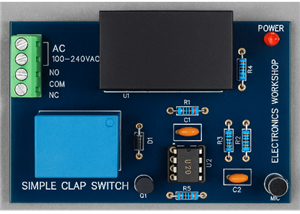 Simple and Cheap Clap Switch Circuit
IntroductionThe Simple and Cheap Clap Switch Circuit is a practical and fun DIY electronics project ...
Simple and Cheap Clap Switch Circuit
IntroductionThe Simple and Cheap Clap Switch Circuit is a practical and fun DIY electronics project ...
-
 Arduino-based Mist Maker and Hand Dryer
IntroductionIn today’s world, automation and hygiene have become essential, especially in public pla...
Arduino-based Mist Maker and Hand Dryer
IntroductionIn today’s world, automation and hygiene have become essential, especially in public pla...
-
 MPL3115A2 Barometric Pressure, Altitude, and Temperature Sensor
IntroductionThe MPL3115A2 is a highly accurate, low-power digital barometric pressure sensor from NX...
MPL3115A2 Barometric Pressure, Altitude, and Temperature Sensor
IntroductionThe MPL3115A2 is a highly accurate, low-power digital barometric pressure sensor from NX...
-
 E-Speaker Using ESP32
IntroductionThe E-Speaker is a smart, portable, and versatile audio system built using the ESP32 mic...
E-Speaker Using ESP32
IntroductionThe E-Speaker is a smart, portable, and versatile audio system built using the ESP32 mic...
-
 Heart Rate Monitor Circuit Using Photoplethysmography (PPG)
IntroductionHeart rate is a vital physiological parameter that reflects the health and fitness of an...
Heart Rate Monitor Circuit Using Photoplethysmography (PPG)
IntroductionHeart rate is a vital physiological parameter that reflects the health and fitness of an...
-
 Automated Greenhouse Control System using ESP32
IntroductionAn automated greenhouse control system leverages technology to optimize plant growth con...
Automated Greenhouse Control System using ESP32
IntroductionAn automated greenhouse control system leverages technology to optimize plant growth con...
-
 STD CH330N USB to Serial Converter 5V
IntroductionThe CH330N is a versatile USB-to-serial converter chip that simplifies interfacing betwe...
STD CH330N USB to Serial Converter 5V
IntroductionThe CH330N is a versatile USB-to-serial converter chip that simplifies interfacing betwe...
-
 KY-032 Obstacle avoidance sensor module
IntroductionIntroduction to Obstacle Avoidance SensorsObstacle avoidance sensors are essential compo...
KY-032 Obstacle avoidance sensor module
IntroductionIntroduction to Obstacle Avoidance SensorsObstacle avoidance sensors are essential compo...
-
 BC547 BASED WATER LEVEL INDICATOR
IntroductionA water level indicator using a BC547 transistor is a simple and effective electronic pr...
BC547 BASED WATER LEVEL INDICATOR
IntroductionA water level indicator using a BC547 transistor is a simple and effective electronic pr...
-
 How to Design Own Arduino Wifi shield PCB
OverviewArduino wifi shield connects the Arduino with a wifi chip through the serial communication p...
How to Design Own Arduino Wifi shield PCB
OverviewArduino wifi shield connects the Arduino with a wifi chip through the serial communication p...
-
 DIY Air Quality Tester
OverviewIn this project “DIY Air Quality Tester” we use Node MCU microcontroller and air quality sen...
DIY Air Quality Tester
OverviewIn this project “DIY Air Quality Tester” we use Node MCU microcontroller and air quality sen...
-
 Digital Clock Using Arduino
OverviewIn this project, “Digital clock using Arduino” we will make a PCB board for digital clock an...
Digital Clock Using Arduino
OverviewIn this project, “Digital clock using Arduino” we will make a PCB board for digital clock an...
-
 Bluetooth Controlled car using Arduino
OverviewA Bluetooth Controlled Car Using Arduino is a fascinating DIY project that involves building...
Bluetooth Controlled car using Arduino
OverviewA Bluetooth Controlled Car Using Arduino is a fascinating DIY project that involves building...
-
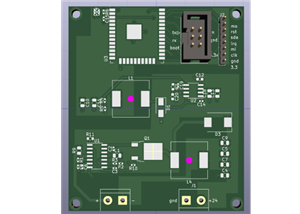 IoT-Based Automatic Street Light Controller Using ESP32
IntroductionThis system uses ESP32 modules to control street lights through a centralized IoT server...
IoT-Based Automatic Street Light Controller Using ESP32
IntroductionThis system uses ESP32 modules to control street lights through a centralized IoT server...
-
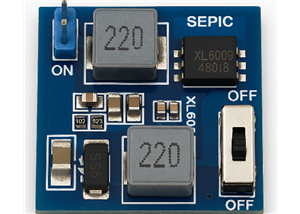 SEPIC DC-DC Converter Using the MT3608 Boost IC
IntroductionModern electronic design must prioritize effective and adaptable power management, parti...
SEPIC DC-DC Converter Using the MT3608 Boost IC
IntroductionModern electronic design must prioritize effective and adaptable power management, parti...
-
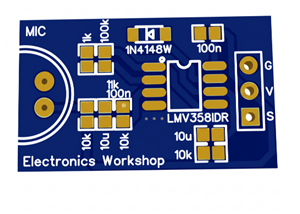 Audio Peak Detector using LMV358
IntroductionAn Audio Peak Detector is an essential circuit in audio signal processing that identifie...
Audio Peak Detector using LMV358
IntroductionAn Audio Peak Detector is an essential circuit in audio signal processing that identifie...
-
-
AEL-2011 Power Supply Module
555 0 2 -
AEL-2011 50W Power Amplifier
514 0 2 -
-
-
Custom Mechanical Keyboard
710 0 0 -
Tester for Touch Screen Digitizer without using microcontroller
340 2 2 -
Audio reactive glow LED wristband/bracelet with NFC / RFID-Tags
322 0 1 -
-
-



















